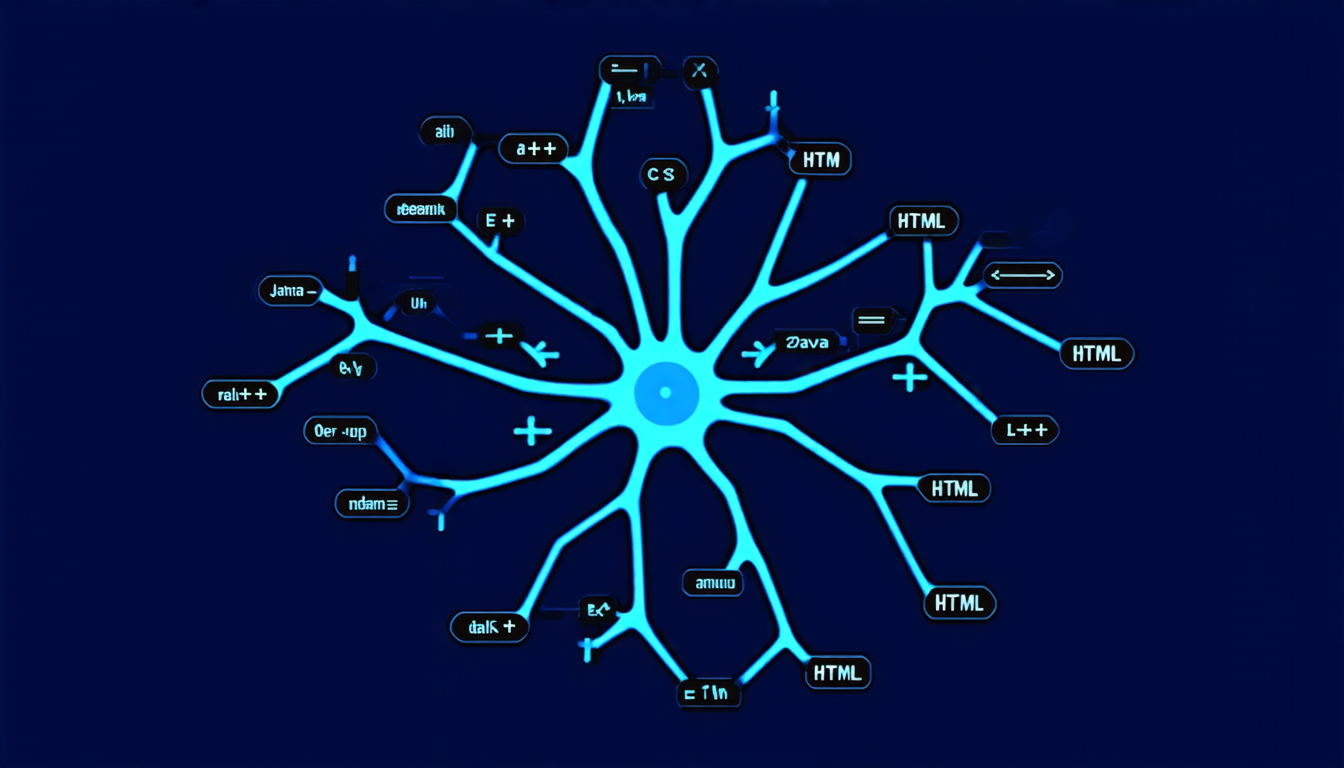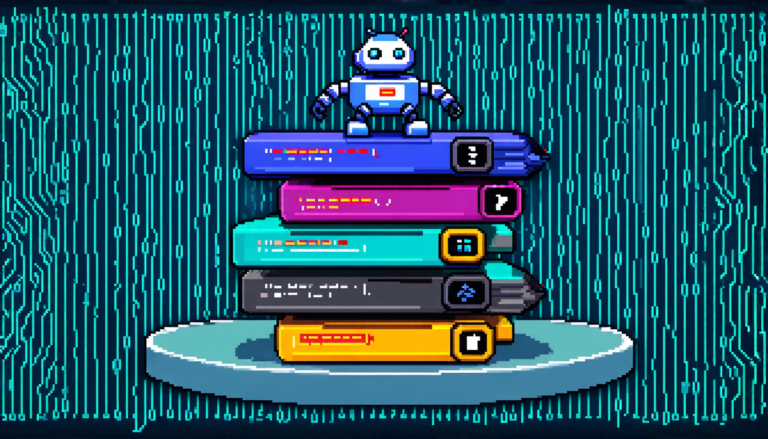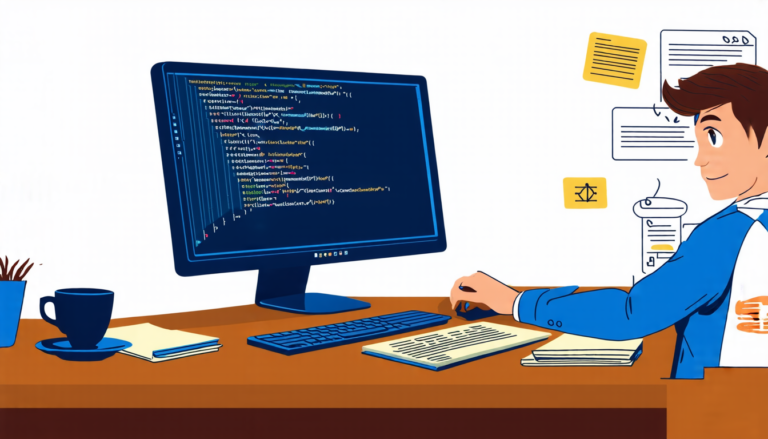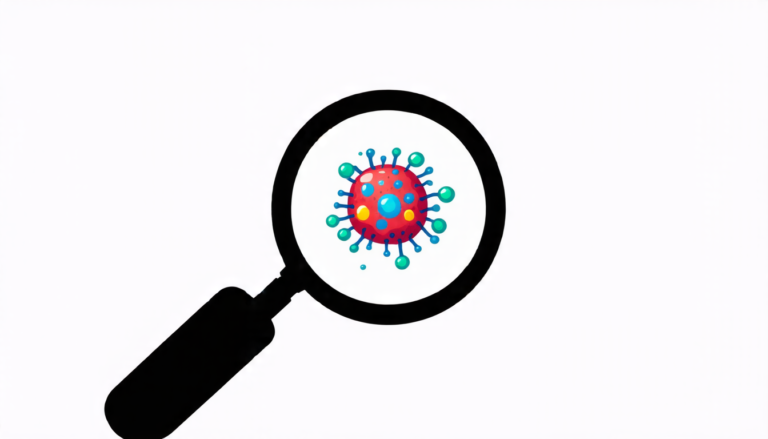Tuesday 24 June 2025
Scientists have long been fascinated by the way our brains process language. From the intricate patterns of brain activity that underlie speech and comprehension, to the complex networks of neurons that allow us to learn new words and phrases, understanding how we think about language has long been a topic of intense research.
Recently, a team of researchers made a significant breakthrough in this area by studying the way large language models – those powerful AI systems capable of generating human-like text – represent programming languages in their internal workings. By analyzing the neural networks that power these models, scientists were able to uncover some surprising insights about how our brains process code.
One of the most striking findings was the discovery that certain neurons within the model’s brain are dedicated specifically to processing different programming languages. For example, a neuron might be responsible for recognizing keywords in Java, while another might focus on syntax patterns in C++. This is a remarkable finding, as it suggests that our brains may have an innate ability to recognize and understand different types of code.
But what’s even more fascinating is the way these neurons interact with one another. By analyzing the patterns of activity within the model’s neural networks, researchers found that certain languages are more closely related than others. For example, Java and C++ – both object-oriented programming languages – tend to activate similar neurons, while HTML and JavaScript – two markup languages used for web development – have their own distinct set of neurons.
This has significant implications for our understanding of how we learn new skills, particularly in the realm of computer science. If our brains are capable of recognizing and processing different types of code in a way that’s closely tied to our native language abilities, it may be possible to develop more effective methods for teaching programming to beginners.
The researchers also discovered some intriguing patterns in the way these neurons adapt to new languages. For example, when a model is trained on multiple languages, certain neurons that were previously dedicated to a single language begin to take on a more general role, processing features of multiple languages simultaneously. This is reminiscent of how our own brains adapt to learning new languages – as we become more proficient, we start to recognize patterns and relationships between words and phrases.
The implications of these findings are far-reaching, extending beyond the realm of computer science to our understanding of cognition and language itself. By studying how AI models process code, researchers may be able to gain valuable insights into the fundamental nature of human thought and communication.
Cite this article: “The Code in Our Brains: Uncovering the Surprising Ways We Process Programming Languages”, The Science Archive, 2025.
Language Models, Programming Languages, Neural Networks, Brain Activity, Language Processing, Ai Systems, Code Recognition, Cognitive Science, Computer Science, Learning Skills







